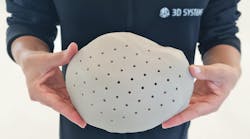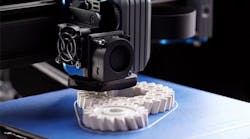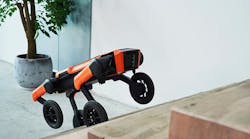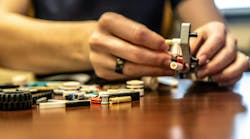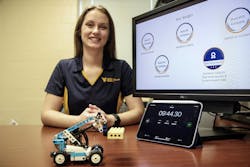Do you think if work was like a game, you would try harder or that it would pass the time faster?
My first job was as a cashier at a grocery store, and before I moved up the ladder, being at the register for around 8 hours a day got old and my brain races a mile a minute. So, to cure myself of boredom, I would create a game out of bagging groceries.
In our grocery store, at least around 15 years ago, you were supposed to ensure the plastic bags were always topped off whenever possible so you didn't run out. My brain, however, wanted to try and use all the bags before topping off with a new stack. Doesn't sound like much of a game or even that interesting as I type this, but focusing on anything other than the monotony was a win. Additionally, at that time, we didn't have scanners, so we typed prices in by hand on the register. And it was a lot of fun seeing how many products' prices you could remember and then how fast you could ring someone out.
Now, I didn't get any prizes for this other than solidifying I was a good employee and lowering my chances of not getting yelled at by customers who were in a rush. But, it brings a topic into conversation about making a game out of tasks, whether at home or at your job (which I am well versed in). At home, I constantly set a timer to get a task done in a specific amount of time if I really don't want to do it—just to see if I can.
A recent study from West Virginia University (WVU) engineers has demonstrated this exact thing and they found that when monotonous assembly tasks were framed as playing a game, completion rate improved.
Published in the Robotics and Computer-Integrated Manufacturing journal, the researchers examined the “gamification” of manufacturing tasks to see if it would improve workers' well-being and/or productivity. What they found suggests that workers on an assembly line would be more productive, engaged, and motivated if they were incentivized through competition or a reward system.
Makenzie Dolly, a researcher of the study, said gamification has become part of many people’s daily lives. In wellness, gamification shows up in the form of fitness-tracking challenges. In marketing, popular forms of gamification include shopping rewards programs for food, coffee, or clothing.
Dolly, a Statler College doctoral student at the time of the study, with the help of Ashish Nimbarte, professor and chair of the Department of Industrial and Management Systems Engineering, and Thorsten Wuest, associate professor, created an experiment that simulated a typical assembly task using a toy Lego set.
Randomly assigned to a “gamified” group or a “control” group, participants were tasked with assembling the same Lego model of a telehandler—an agricultural vehicle also known as a reach forklift or cherry picker. The telehandler holds a special place for Dolly as she worked for JGL, a leading telehandler manufacturer, for her WVU senior project.
Participants in both groups had to assemble the telehandler model 15 times over 5 different occasions. The gamified group had their productivity measured and rewarded through game-like elements which included progress bars and badges.
The gamified group's productivity was significantly enhanced by the time they got to the 15th build of the Lego kit, according to the researchers. Dolly speculated that the jump was caused by a "last-ditch effort to obtain a new personal record badge." “We believe participants wanted to end the study on a high note by showcasing their best efforts.”
However, it's not all good findings. The study also found that using gamification increased workers' stress.
“We expected gamification would lessen participants’ perceived workloads,” she said. “Instead, it increased the frustration, effort, time pressure, and mental and physical demands they reported experiencing. Participants in the gamified group performed better than those in the non-gamified group, but they believed they did worse.”
Dolly stated that while it sounds bad, it's really not. She explained that the psychological load that gamification placed on workers actually encouraged them to be more mentally active and engaged in the task at hand. As long as stress levels aren't rising to an unhealthy level, the extra pressure drives better performance.
Participants who identified themselves as self-competitive said they felt the pressure more intensely than others, while participants who identified themselves as impatient got frustrated the most during the builds and felt weighed down by the task.
“The fact that we saw physical demand and frustration levels rise as patience levels decreased means that anyone designing a gamification application needs to consider the level of tolerance a user will have for more difficult scenarios,” Dolly said.
Dolly stated that employers need to understand and know their workers' personalities and their level of patience in relation to hard tasks, and every person is different. If you push employees past a certain point, you could be contributing to high turnover and sick leave.
"When it comes to gamification, workers need to be in that sweet spot between boredom and overwhelm," said Dolly.
Fun Innovations Friday
Created by the editors of New Equipment Digest and Plant Services, Fun Innovations Friday is a feel-good blog that showcases how advances in science, math, engineering, and technology are making our world more whimsical. Here’s another post that is guaranteed to brighten your day.
3 Ways 3D Printing is Becoming Better, Faster, and Stronger
The field of additive manufacturing is continuously evolving.
